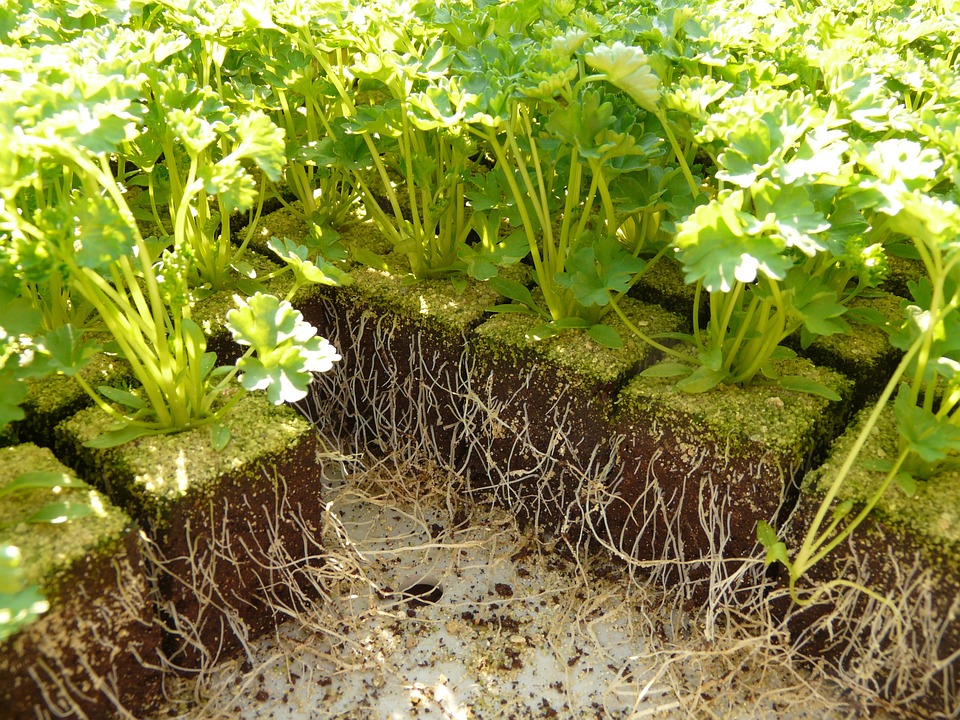Parsley has a refreshing flavor and is one of the most commonly used kitchen herbs. It is not difficult to cultivate, and because of its excellent cold tolerance, it can be harvested from the plant until late fall.
Parsley can be sown between mid-February and the end of May, but it is best to sow early to harvest the plants as long as possible. The first leaves can be harvested when the plant is about 15 cm tall. Always leave a few leaves on the plant to produce new stems and leaves.
Where To Sow Parsley?
Parsley can be sown outside, but germination will be very slow at low temperatures (3-4 weeks or more). Germination will be a little faster at room temperature, but it will still take at least two weeks for the first seedlings to emerge.
If sowing seeds indoors, it is necessary to place the newly germinated seedlings in a bright, cool, or cold place immediately after germination to prevent them from becoming slender and weak. When the seedlings are about 5 cm tall, they can be planted outdoors (in large pots or in the ground).
How To Sow Parsley
- Sow about 4 to 5 seeds in a 9 x 9 cm pot.
- Use a permeable soil with a little coarse sand mixed in.
- Scatter the seeds on the surface of the pot.
- Cover the seeds with a thin layer (up to 0.5 cm) of sand or a mixture of soil and sand.
- You can also sow the seeds in the ground, but they take longer to germinate, making it difficult to find seedlings a month later to give them a good start.
How to Care for Parsley?
If you want to keep your parsley in pots, it is best to repot it with its soil into a larger pot (about 25 cm in diameter) along with four or five small seedlings.
Parsley does not do well in sunlight; its leaves turn yellow quickly, and it is a slow grower, but it sprouts quickly. Parsley likes fresh soil and plenty of moisture and should be placed in partial or light shade. Do not allow the plant to dry out.
Parsley doesn’t need much nutrition, but it doesn’t want to be without it; one jar contains enough food for eight weeks, and after that, it will need some feeding, but a small amount of garden food will be sufficient. Before planting parsley seedlings, you can also feed typical garden food in the open air in early spring.

Harvesting Parsley
As long as the plant is large enough and still has stems and leaves, you can harvest it whenever you want. The leaves can be finely chopped and used in cooking, but the stems are just as tasty as the leaves when used in soups and sauces. Cut the leaves and stems as short as possible before using them in cooking.
The plant is a biennial. If it starts to freeze, the plant will rot, and you can throw it in the compost pile. However, if you have a mild winter, you may be able to harvest them until spring. In the spring, the flowers bloom and then die.
How to Store Parsley?
If you grow your own parsley, there is no need to store it. You can cut it fresh from the plant if you need to. Do you want to save the extra parsley? Then preferably put the sprigs in a cup with a small amount of water. You can also wrap the parsley in a damp paper towel and place it in the vegetable drawer of your refrigerator. This will keep them good for about a week or two.
It is also possible to freeze fresh parsley. After rinsing and drying, put the sprigs in a bag and place them in the freezer. Each time, collect only what you need. This way, you will not have to store a lot. If you harvest a lot, you will be able to please your family, neighbors, and friends with homegrown parsley. You can also use the leftover parsley to make herbal tea, herb butter, or vegetable juice.



